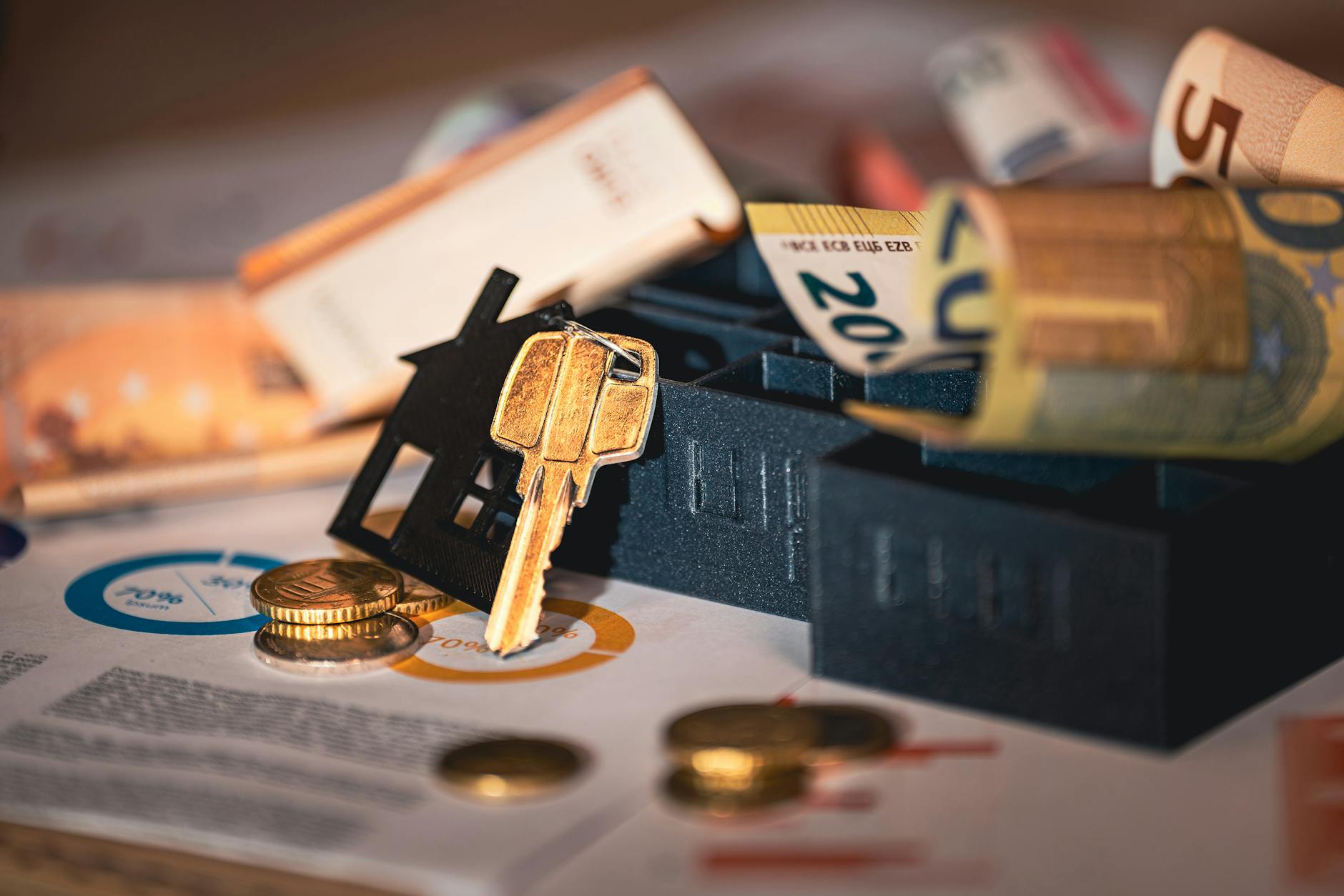How to Maximize Investment Property Financing for Better Returns
How to maximize investment property financing for better returns
Investing in property is a proven way to build wealth, but the key to unlocking stronger returns lies in how you finance these investments. Smart financing strategies can increase your cash flow, reduce your overall costs, and amplify your portfolio growth. Whether you’re a seasoned investor or just starting out, understanding the nuances of investment property financing is essential. This article explores actionable approaches to finance your investment properties more effectively, covering topics from choosing the right loan products to leveraging debt smartly. By optimizing your financing structure, you’ll be better positioned to maximize your gains while managing risk efficiently.
Choosing the right financing option
The first step to maximizing returns through financing is selecting the most suitable loan product. Investment properties typically come with higher interest rates and stricter lending criteria than primary residences, so comparing different options is critical.
- Conventional loans: Often the default for investment properties, conventional loans offer stable rates and terms, but may have higher down payment requirements (typically 20% or more).
- Portfolio loans: These are held by lenders rather than sold on the secondary market, offering flexibility for investors with unique financial situations or multiple properties.
- Government-backed loans: While usually reserved for primary residences, some programs like FHA 203(k) loans can occasionally be used creatively for investment properties under specific conditions.
Understanding each option’s pros and cons, as well as their impact on your monthly cash flow and long-term profitability, sets the groundwork for financially sound decisions.
Leveraging loan-to-value ratio and down payments
The loan-to-value (LTV) ratio plays a crucial role in financing efficiency. A lower LTV usually secures better interest rates, but tying up more capital in the down payment can reduce liquidity. Balancing this is essential.
| LTV ratio | Typical down payment | Impact on interest rate | Effect on cash flow |
|---|---|---|---|
| 80% or lower | 20% or more | Lower interest rates | Higher initial cash outflow, but lower monthly payments |
| 80-90% | 10-20% | Moderate interest rates | Balanced cash flow and upfront cost |
| 90% or higher | Less than 10% | Higher interest rates | Lower initial investment but reduced monthly cash flow |
Investors should carefully assess how much to allocate upfront versus long-term financing costs. Additionally, some lenders offer seller financing or partnerships that can reduce upfront capital, improving leverage and potential returns.
Utilizing refinancing and debt restructuring strategies
Refinancing investment properties can unlock capital for additional investments or reduce monthly expenses. Timing the refinance effectively, such as taking advantage of lower interest rates or increased property value, is key.
- Cash-out refinancing: Allows you to extract equity for new investment opportunities without selling your property.
- Rate-and-term refinancing: Helps lower the interest rate or change the loan term to improve cash flow.
- Debt consolidation: Combining multiple loans may reduce overall interest payments and simplify management.
However, investors should weigh closing costs and potential risks, such as resetting amortization schedules or extending loan terms, against the financial benefits.
Aligning financing with investment goals and risk tolerance
Your financing strategy should always reflect your broader investment goals and risk tolerance. For example, aggressive leverage may boost returns but increases exposure to market fluctuations. Conservative financing may limit upside but provide stability.
Consider the following:
- Short-term rental properties: May require more flexible financing or specialized loans due to income variability.
- Long-term buy and hold properties: Benefits from stable, fixed-rate loans to lock in predictable payments.
- Portfolio diversification: Financing multiple properties might require layered strategies — mixing conventional loans, partnerships, and creative financing.
Effective communication with lenders and financial advisors ensures financing aligns with your intended cash flow, holding period, and exit strategy, which safeguards your returns over time.
Conclusion
Maximizing investment property financing involves a thoughtful approach to loan selection, managing loan-to-value ratios, and strategically leveraging refinancing opportunities. By carefully balancing down payments and loan terms, investors can enhance cash flow while maintaining sufficient liquidity. Adapting your financing to your investment goals and risk tolerance ensures that your portfolio not only grows but remains resilient against market uncertainties. In the end, well-structured financing is a powerful tool that, when used wisely, can significantly improve both short-term and long-term property investment returns. By integrating these strategies, investors put themselves in a stronger position to build wealth through real estate efficiently and sustainably.
Image by: Jakub Zerdzicki
https://www.pexels.com/@jakubzerdzicki
editor's pick
latest video
news via inbox
Nulla turp dis cursus. Integer liberos euismod pretium faucibua


